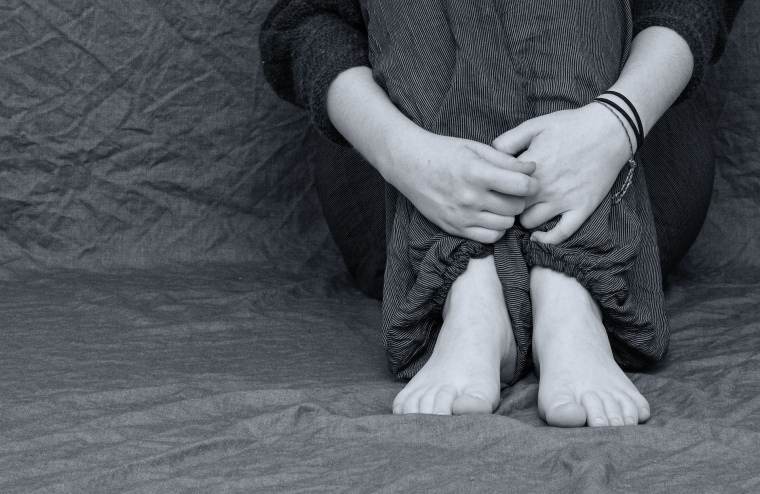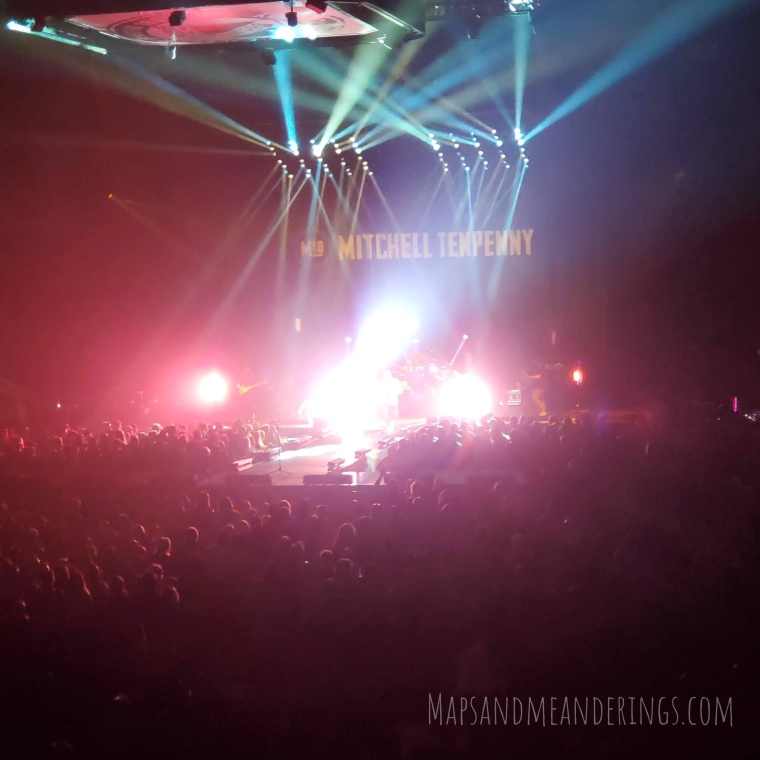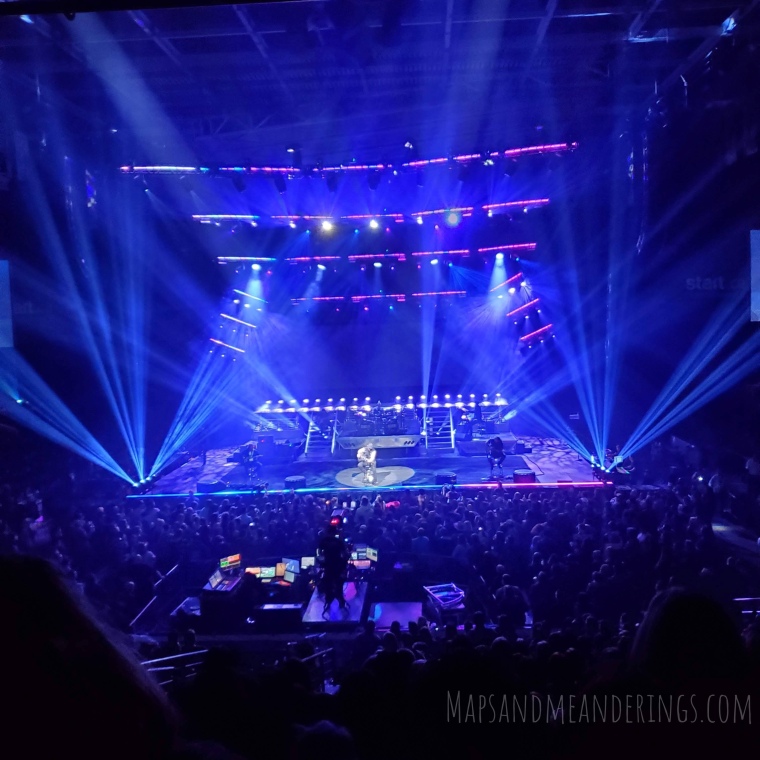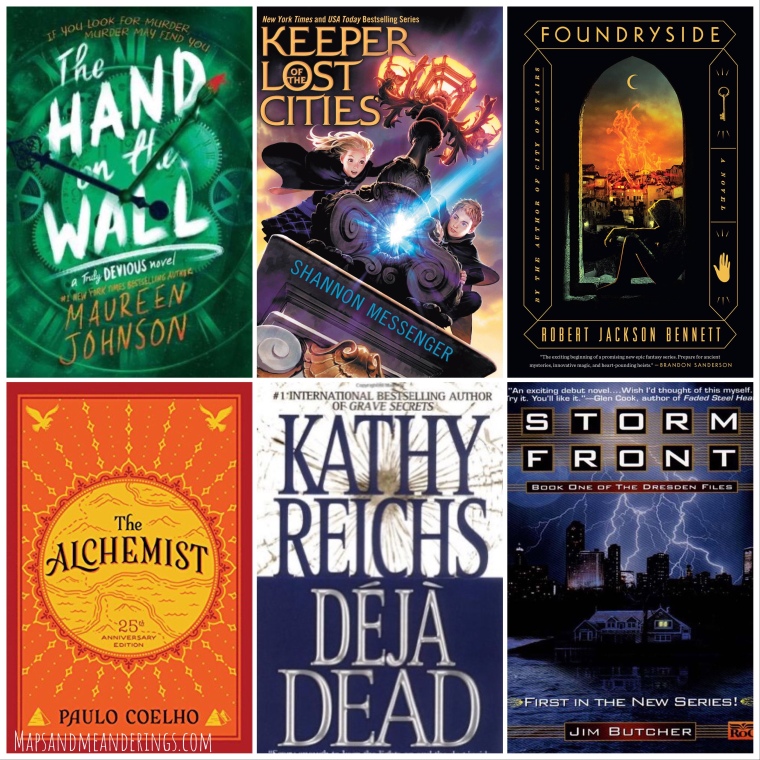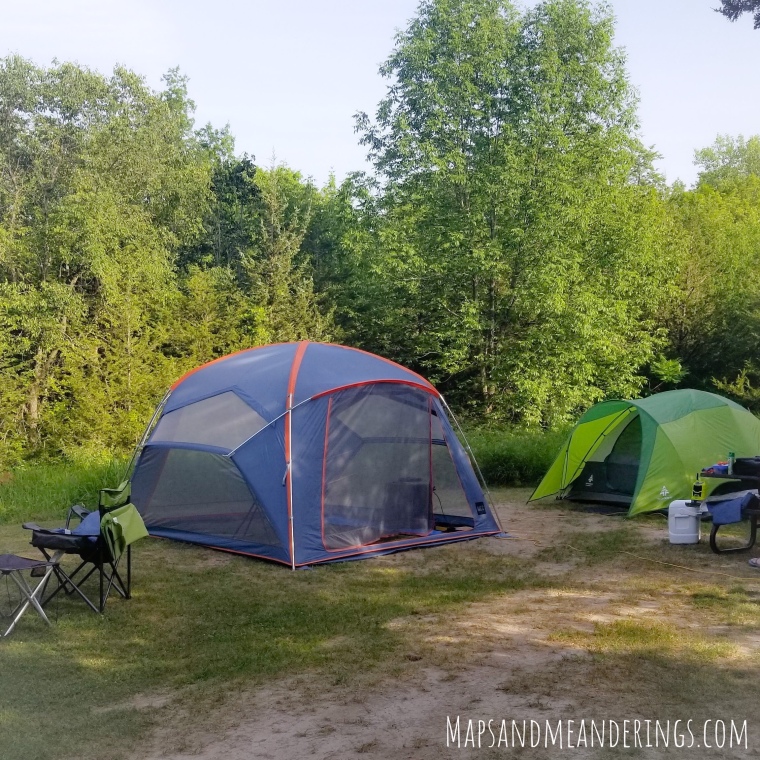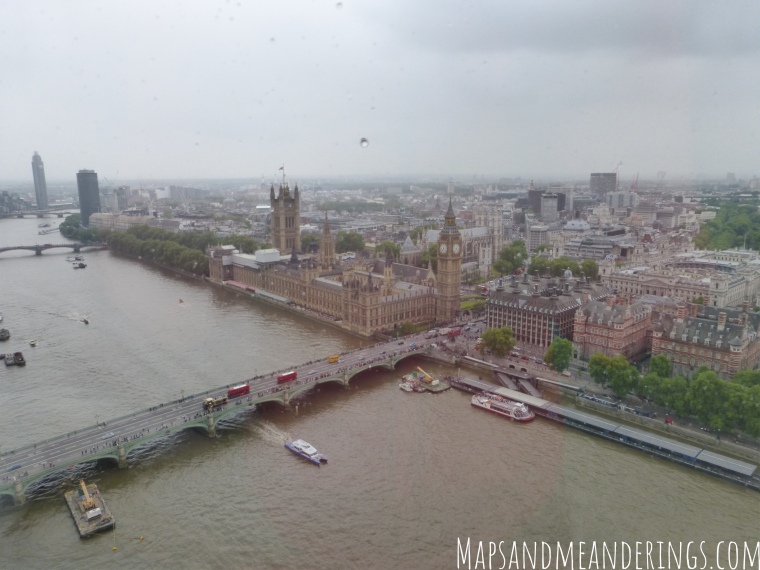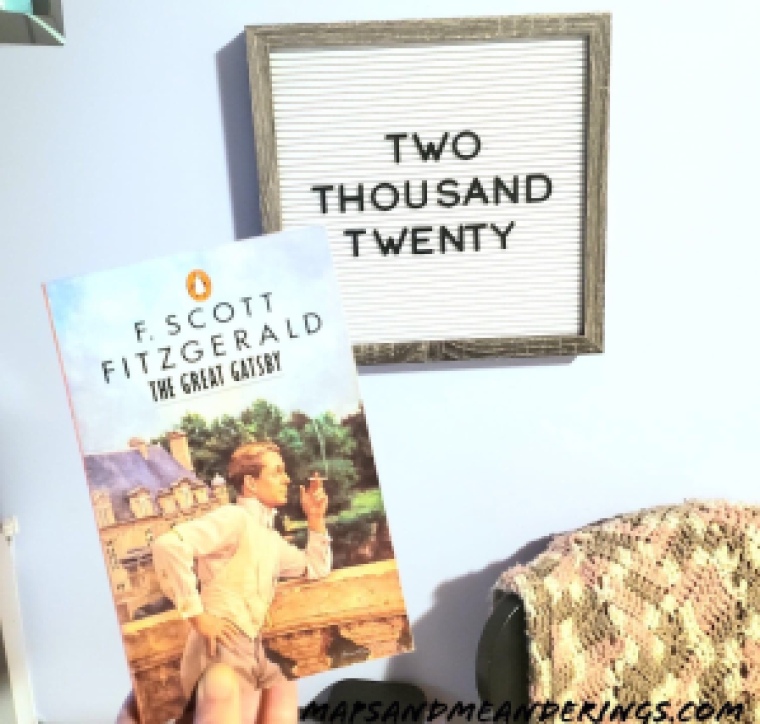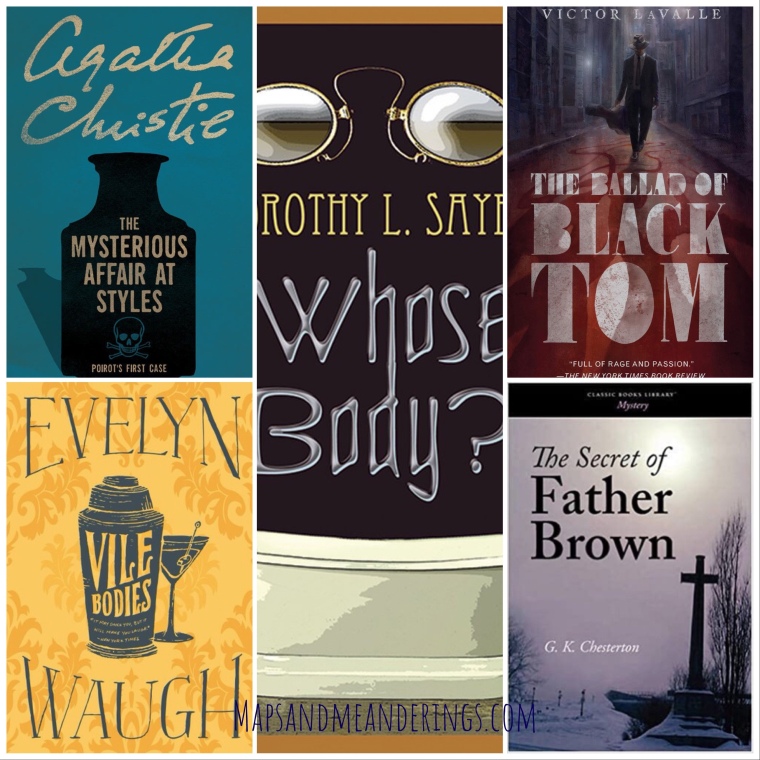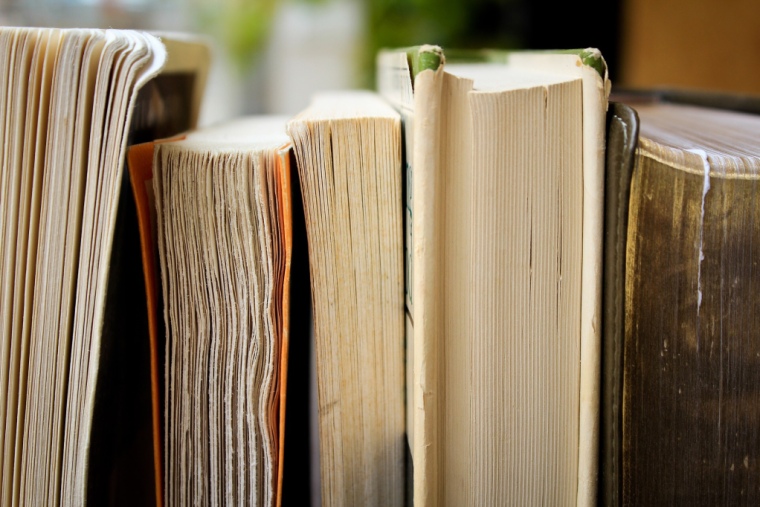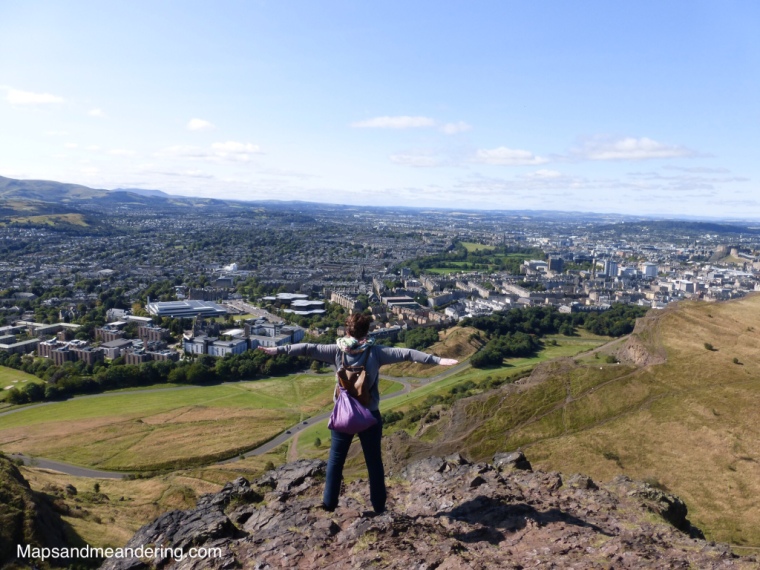Happy New Year! We have now officially entered into the Twenty-Twenties! …
Okay, so it’s clearly not January (though I’m not sure any one has informed the weather), and we are already well into this whirlwind that is 2020. This is a “reading goals for the new year” type post, which means that it is at least 4 months late. Because of that, I considered not even posting it. But then I figured that we still have 8 months left in the year, and it seems likely that this challenge will go into 2021, so I might as well just go for it.
A bit of background
I enjoy setting reading challenges for myself. I like to put together lists to challenge myself to read books within a specific theme. Sometimes the lists are seasonally themed, sometimes they are themed by genre or by some other category that interests me. I put these lists together all the time. I would like to think that I’m pretty good at putting together these lists.
What I’m not good at is completing these lists. I start strong, but then I gradually lose interest or motivation or, more often, come up with another shiny new challenge and the old challenge is left to sit unfinished.
Part of the problem is that I’m something of a mood reader. I like the idea of having a structured TBR, and it works for me for a while, but then I get really drawn to a certain author or a certain type of book, and that’s all I want to read. When I’m in one of those moods, forcing myself to read something else can push me into a slump. And then I don’t want to read anything. Which is no good.
The second part of the problem is that I put too many books on the list. Why put together a list of 10 books, when you can put together 20 books instead? Along with making a long list, I am prone to making the timeline too short. These two things together make the challenge unmanageable, and I inevitably just give up. Good challenges should stretch you without being completely unmanageable.
Despite these problems, I keep setting challenges. But I’m working on setting them better. I try to put a variety of genres on a list, and I leave myself open to swapping books out if I decide I have no interest in reading them. I’m also working on setting more accurate timelines. If a book list is long, it should have a long, even more open ended, timeline. Maybe eventually I will set myself a challenge that I can finish!
Onto the Challenge!
This year I decided that since we were entering into the Twenties, I wanted to devote some of my reading time to books set in or written in the 1920s. There are 20 books on this list, because that felt fitting. It’s a long list, but I’m trying to leave the timeline fairly open. I would love to read these all this year, but next year is still going to be the Twenties, so if it becomes a two year challenge, so be it.
The books cover many genres, so there should be something to fit into almost every reading mood. I’m also open to swapping out books if I change my mind, or find something better. I had a difficult time coming up with 20 books that I was interested in for this challenge, so there are a few on here that I already think I might not read. There are also a couple series, so there’s room for one series to take multiple slots if I get hooked.
Since I’m so late in posting this, I have already completed a couple of the books on this list. I’m not going to indicate that here, but I’m going to try and do a mid-year wrap up at the end of June where I’ll talk about my thoughts on the ones I’ve completed by then.
Onto The Books
1. The Mysterious Affair at Styles by Agatha Christie (1920)
This, Agatha Christie’s first novel and first in the Poirot series, was first published in 1920. I can’t remember if I’ve read this one before – so it may end up being a re-read. I wonder if I’ll still be surprised by the twist?
2. The Wasteland by T.S. Eliot (1922)
Though I’m familiar with the poem, and have read excerpts, I would like to be able to say that I’ve read the entire thing. I rarely pick up poetry, so this one will definitely stretch my reading.
3. Ulysses by James Joyce (1922)
I have added and removed this book from the list a number of times already. It is a big book, and I really don’t know if I’m going to enjoy it or not. I can already see this being one that I swap out.
4. The Great Gatsby by F. Scott Fitzgerald (1925)
It seems like everyone has heard of the Great Gatsby. I read this book during University, but it has never been one of my favourites. Since it is short, and an iconic book of the decade, I thought a re-read was in order. Perhaps I’ll like it better the second time around.
5. Vile Bodies by Evelyn Waugh (1930)
Though this book was published in 1930, it is set in the late 1920s. I have never read anything by Evelyn Waugh, but Emma from Drinking By My Shelf (YouTube) raves about this book, so I have decided to give it a try.
6. Whose Body by Dorothy L. Sayers (1923)
Sayers is the second mystery novelist on this list, but unlike Christie, I have not read any books by her yet. This is her first mystery featuring Lord Peter Whimsey. If I enjoy this one, then I think she has quite a few other books that I will be able to add to pick up and enjoy.
7. The Case Book of Sherlock Holmes by Arthur Conan Doyle (1927)
When I discovered that there were Sherlock Holmes stories that fit into my publication period, I knew that they needed to be on this list. I am a lover of most things Sherlock Holmes, though I have not actually read all of the original stories. This collection includes the final set of 12 Holmes stories published in the Strand from 1921 to 1927.
8. The Murder of Roger Ackroyd by Agatha Christie (1926)
I originally intended to have 20 different authors on this list, but I was having a difficult time landing on 20 books, and I know that I enjoy Agatha Christie. I am also 99% certain that I have not read this one.
9. Winnie the Pooh by A.A. Milne (1926)
As I was looking for books to include on this list, I realized that there were a number of classic children’s books written during this time period that I have not yet read. I have always loved Winnie the Pooh, but have read very few of the stories themselves, so I think I will read the stories between other books.
10. The Story of Doctor Doolittle by Hugh Lofting (1920)
I have watched the movie, but never read any Doctor Doolittle stories. And now with the new movie this year, it seemed like a perfect time to pick up this classic.
11. Emily of New Moon by L.M. Montgomery (1923)
L.M. Montgomery is one of my favourite authors, and the Emily of New Moon series are some of my favourite books. I think the last time I read this series had to be when I was in high school, so I am very interested to see what I think of it as an adult.
12. The Secret of Father Brown by G.K. Chesterton (1927)
Another mystery! I have wanted to read something Chesterton for ages, but have never managed to pick one up. I am familiar with the Father Brown character, as I have listened to a couple stories that were turned into audio drama’s, so I am hoping that I will enjoy this one.
13. New Hampshire by Robert Frost (1923)
More poetry! Look at me go stretching my reading comfort zone (at least if we ignore all the comfortable mysteries included in this list). This collection includes some of Frost’s most well known poems.
14. The Diviners by Libba Bray
We have now officially reached the section of this list where books are set in the 1920s but written more recently. The Diviners is the first book in the series of the same name set in 1920s New York City. The series is tagged as both fantasy and mystery, and I love that combination!
15. The Ballad of Black Tom by Victor LaValle
I know very little about this book, other than that it is a short, dark fantasy set in New York in the 1920s. This one is recommended by Books with Emily Fox on YouTube. Sometimes with this type of book, it’s better to go in without knowing too much.
16. The Gallery by Laura Marx Fitzgerald
The Gallery has been on my library TBR for a couple years now but I have never felt the itch to pick it up. The description on Goodreads calls it “an historical art mystery set in the Roaring Twenties”… which sounds pretty amazing and right up my alley.
17. Born of Illusion by Teri Brown
I had not heard of this book before researching this list. With a description that includes words such as “magic,” “romance,” and the “New York Jazz age,” I am hopeful that it will be exactly my cup of tea.
18. Death at Wentwater Court by Carola Dunn
I am always looking for a new cozy mystery series to dive into. This is the first book in a cozy mystery series set in 1920s Britain. The description has me completely hooked, and I hope the book can deliver.
19. Bright Young Things by Anna Godbersen
The front cover of this book practically screams 1920s. It is the first book in a series set in New York during the last summer of the jazz age. I’m not completely convinced that this is one that I will enjoy, because the genre is outside of my comfort zone. But I will give it a try.
20. Wildcard Slot
I didn’t intend to have a “wildcard” slot in this challenge. I had a book slotted into this spot, until I realized it wasn’t set in the 1920s. I’m not sure where I got my misinformation, but I had to remove the book, and I haven’t been able to find a replacement. I am open to suggestions!
Have you read any of the books on this list? If so, what are your favourites? Do you have any other books set in the 1920s or written in the 1920s that you would recommend?
Until next time,




